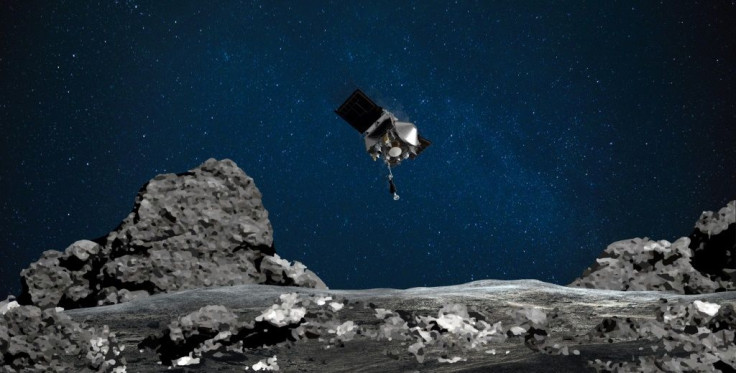59-Foot Asteroid To Zip Past Earth On Election Day 2020
KEY POINTS
- A 59-foot asteroid will be passing by Earth on Election Day
- 2020 HF4 is as big as a semitrailer and will be zipping by at 6:53 p.m. EDT, Tuesday
- The NEA has not been included in the ESA Risk List
As Americans cast their votes on Election Day, a 59-foot asteroid is making its way toward Earth onTuesday.
NASA's Center for Near-Earth Object Studies (CNEOS) has detected an asteroid expected to pass by the planet Tuesday, at 6:53 p.m. EDT. The Near-Earth Asteroid (NEA), identified as 2020 HF4, is said to reach a diameter of 59 feet -- that would be as one-and-one fourth times as long as a semitrailer (48 feet) according to The Measure of Things. An asteroid of this length would also be as long as a standard bowling lane (62 feet).
NEA 2020 HF4 will be passing by early in the evening at a distance of about 3,800,000 miles (6,000,000 kilometers) from the planet's surface, according to the CNEOS' Close Approach Data Table.
Considered an Apollo asteroid, the NEA has an Earth-crossing orbit, which technically means that its orbit comes in contact with that of the Earth's at a certain point. Apollo asteroids have a larger chance of having a close approach with the planet due to their intersecting orbits. Other classifications of asteroids include Amors, Atens and Atiras. Atens are those also with Earth-crossing orbits, while Amors and Atiras having orbits exterior and interior to Earth's, respectively.
Discovered April of this year at the Pan-STARRS 2 Haleakala Observatory, 2020 HF4's next Earth close approach will be on Nov. 4, 2021.
The European Space Agency has not included the 59-foot asteroid on its Risk List, making it safe to cast one's vote on Tuesday without worrying about any otherworldly threat to humanity.
NASA's CNEOS is responsible for computing the orbits of any Near-Earth Object (NEO). NEOs are comets and asteroids that have been nudged by the gravitational attractions of other planets that cause them to come in contact with Earth's orbit.
By keeping close track of the behavior of the NEOs, CNEOS will be able to predict their future motions and assess their impact hazard. The results of their observations will then be published on their website for the public's information.

© Copyright IBTimes 2025. All rights reserved.





















